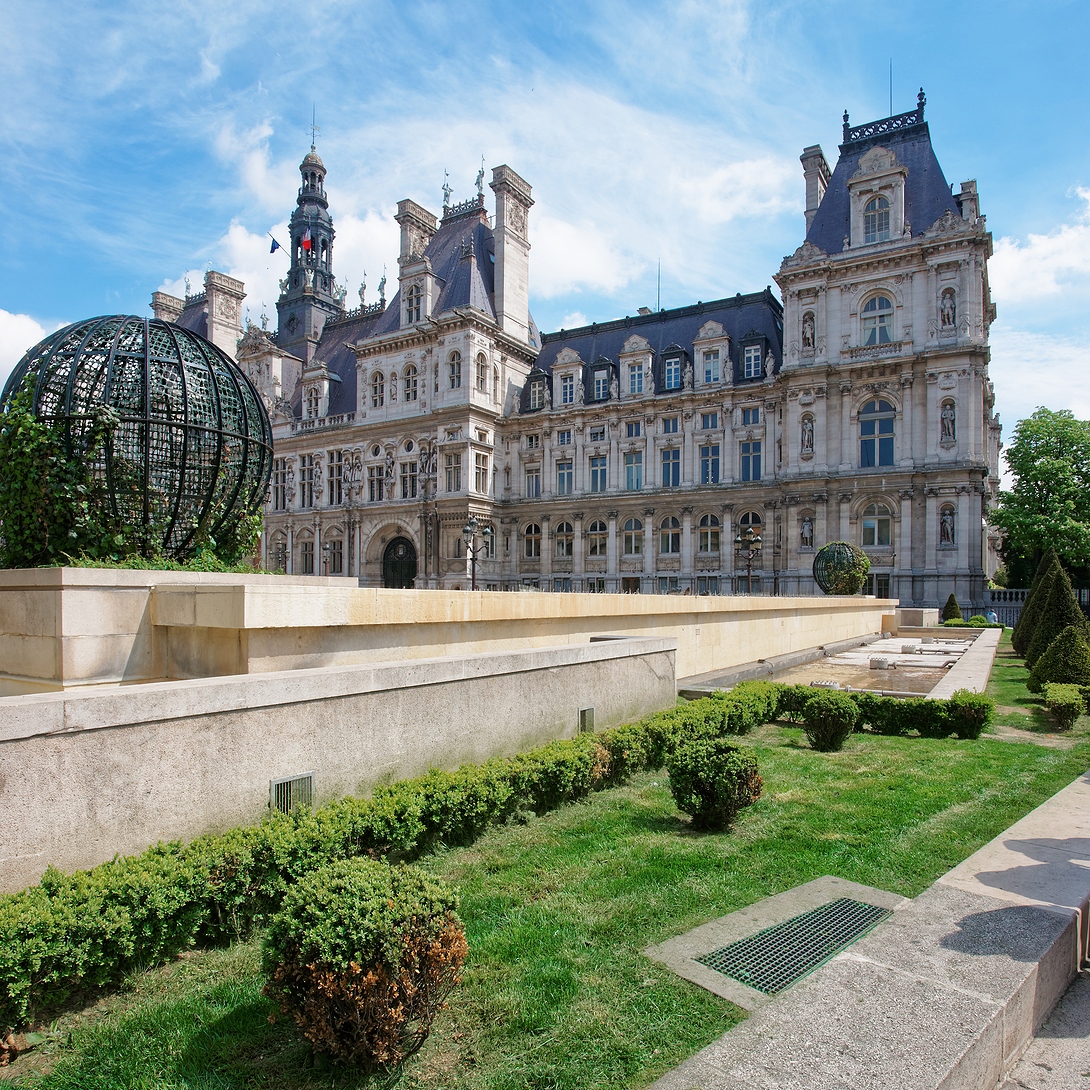In the majority of cases, fine art storage is meant to safeguard the integrity of art objects from decay, aggressive impacts of environmental factors, and accidental physical damage. When it comes to museums, their mission is even more serious and responsible. Museums like the Louvre act as safeguards of humanity’s cultural heritage. To guarantee the highest level of protection, they need to employ a cutting-edge combination of technology, innovative storage solutions, and staff training.
Other fine art storage service providers, as well as art owners looking for high-quality storage facilities, can learn from the example of the world’s best museums to know which criteria make or break the efficiency of storage.
Advanced Fine Art Storage Solutions: The Louvre’s Liévin Storage Facility
The Louvre started using its dedicated Conservation and Storage Facility in Liévin, France, in 2019. This complex has become the embodiment of the best technologies and storage solutions combined to ensure the apocalypse-proof protection of the Louvre’s unique art collection against environmental and human risks. The storage facility is located 200 km away from Paris and is built in a strategic place that prevents the risk of flooding.
This consideration laid the basis for building the new storage because of the Louvre’s riverside location along the Seine, a constant risk factor for proper humidity control and flood prevention. The 2016 floods in Paris raised the question of flood-proof storage again, urging the Louvre’s authorities to seek alternative storage for the museum’s collection of 250,000 vulnerable artworks.
The Liévin storage occupies a space of 18,500 square meters and features climate-controlled storage rooms with advanced air filtration systems. The modular design of the Louvre storage enables setting up unique environmental conditions for artworks of different ages and vulnerability statuses, ensuring that every masterpiece receives the right treatment and is properly conserved. The building has a reinforced concrete foundation, which is elevated above the land level, guaranteeing comprehensive protection of artwork against natural disasters. The facility is powered by energy-efficient systems, such as solar panels, in compliance with the country’s sustainability goals.
According to the Louvre’s director, Marie Lavandier, the new Liévin storage meets the museum’s combined needs for cutting-edge security and artwork accessibility. For example, the staff uses non-invasive, infrared reflectography methods to assess an art object's condition without unpacking it. Such innovative storage solutions serve as an inspiration for other storage facilities that aim to balance safety and access and facilitate research, conservation, and maintenance activities.
